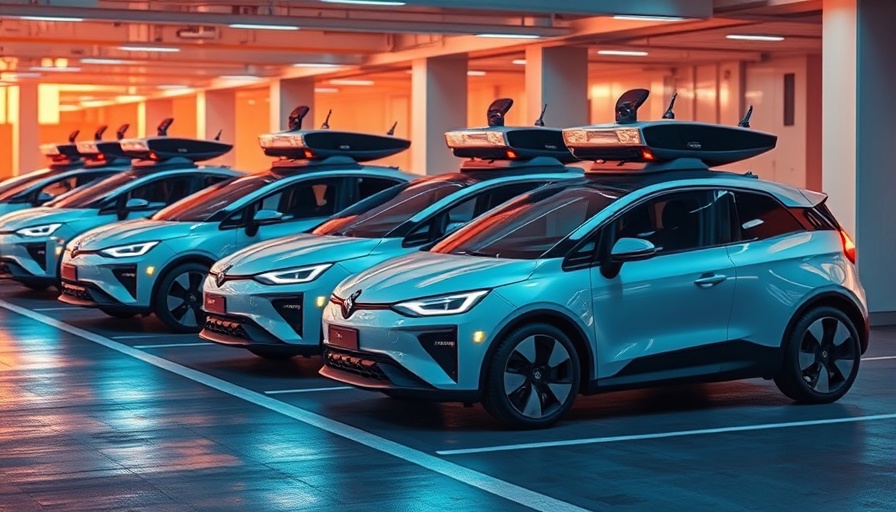
Understanding the Trade-offs in a Future with Self-Driving Cars
The rise of self-driving cars promises a new era in transportation, but as stakeholders across industries ponder the implications of this technology, critical questions arise: What will we lose when human drivers are replaced by algorithms? While the dream of safer roads and increased mobility drives innovation, the reality of integrating autonomous vehicles into our daily lives reveals complexities that must be carefully navigated.
The Safety Debate: Are We Safer Without Human Drivers?
Proponents of self-driving cars often argue that they could significantly reduce traffic fatalities. Statistics show that human error is responsible for approximately 94% of traffic deaths. A report by the National Highway Traffic Safety Administration (NHTSA) noted nearly 42,795 fatalities in 2022, highlighting the potential benefits of moving away from human drivers to technology adept at faster reaction times and 360-degree monitoring. However, recent studies warn against jumping to conclusions about safety. The Association for Computing Machinery cautioned policymakers in 2024, underscoring that assumptions about automated vehicles being inherently safer could lead to overlooking critical vulnerabilities in the technology.
Potential Impacts on Urban Mobility
While self-driving cars may alleviate some transportation hurdles, they introduce new challenges. For instance, as cities gear towards embracing autonomous vehicles, the landscape of urban mobility will shift dramatically. The vehicle fleet could decrease as many ride-sharing companies pivot to fully autonomous models. This change not only has economic implications but can also influence urban planning, including infrastructure adjustments to accommodate new traffic patterns and the integration of smart systems.
Public Perception and Regulation: Building Trust in New Technology
Current consumer hesitancy about self-driving cars has only intensified; according to recent surveys, public trust plummeted from 15% in 2021 to a mere 9% in 2023. This skepticism hinders the effective deployment of autonomous vehicles. Cities like San Francisco are navigating a chaotic regulatory atmosphere, with some municipal leaders arguing that the rollout lacks comprehensive safety measures. A well-structured regulatory framework is crucial, as consumers' willingness to adopt this technology will heavily depend on their confidence in its safety and efficiency.
Insurance Challenges in the Age of AI
The traditional insurance model will face disruption with the introduction of fully autonomous vehicles. Key questions arise regarding liability in scenarios of accidents caused by self-driving cars due to software failures or unforeseen circumstances. As outlined by experts, the issue of accountability needs addressing, including the potential for companies to assume liability instead of individual drivers. Such shifts will require a total overhaul of current insurance frameworks, creating a new set of protocols for ensuring passenger safety.
The Role of Technology in Shaping Future Transportation
Ultimately, as autonomous vehicle technology evolve, they are expected to impact not just individual mobility but also societal frameworks. AI systems will enable smarter resource allocation in transport, potentially resulting in more efficient urban development and reduced environmental impact. However, for this technology to yield positive outcomes, partnerships between industry stakeholders, policymakers, and the public must be forged steadily, emphasizing enhanced safety measures and safeguarding urban interests.
Call to Action: Embrace the Opportunity for Innovation
As we stand on the precipice of significant transformation in transportation, now is the time for executives and decision-makers to consider how best to integrate AI and autonomous vehicles into their strategies. To lead in this evolving landscape, seizing early opportunities for engagement with emerging technologies while prioritizing safety mechanisms will be crucial. Join industry leaders in shaping the future of mobility.
 Add Row
Add Row  Add
Add 




Write A Comment